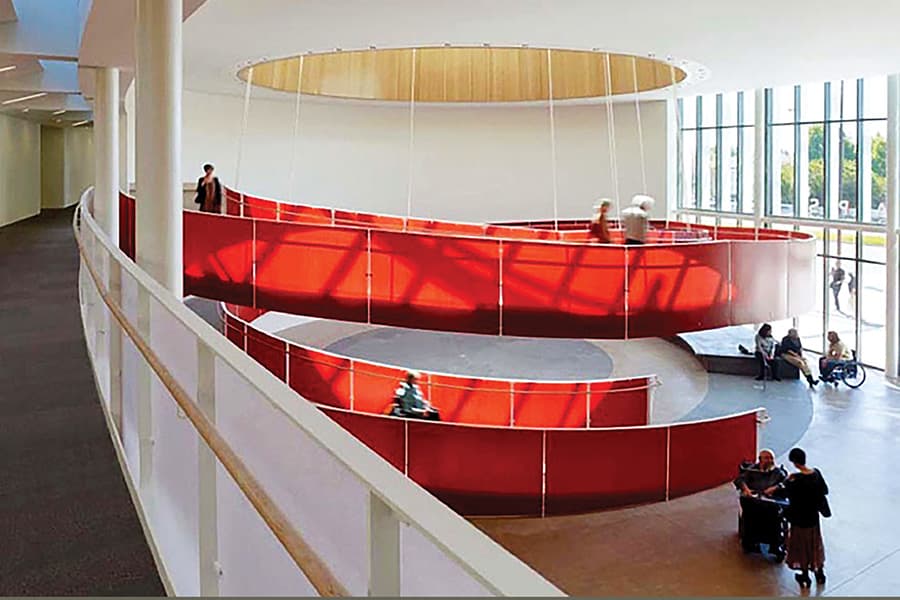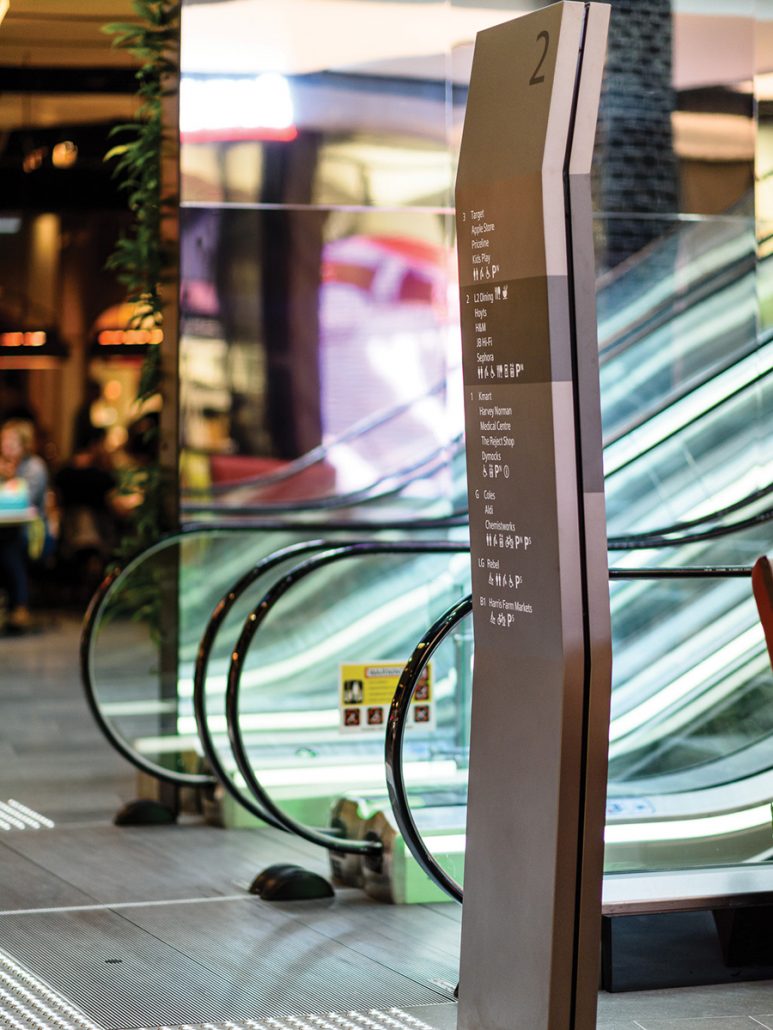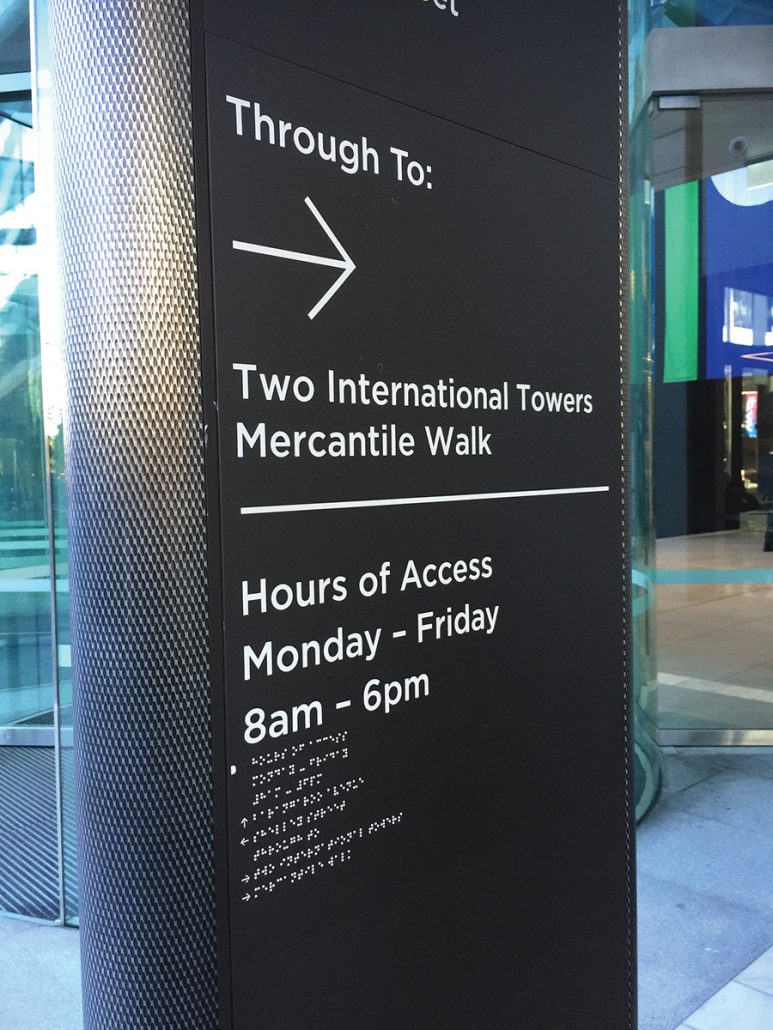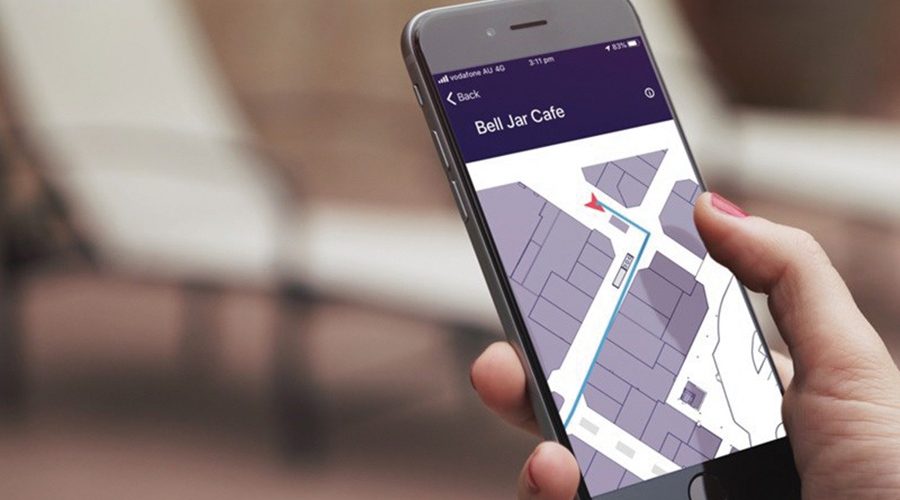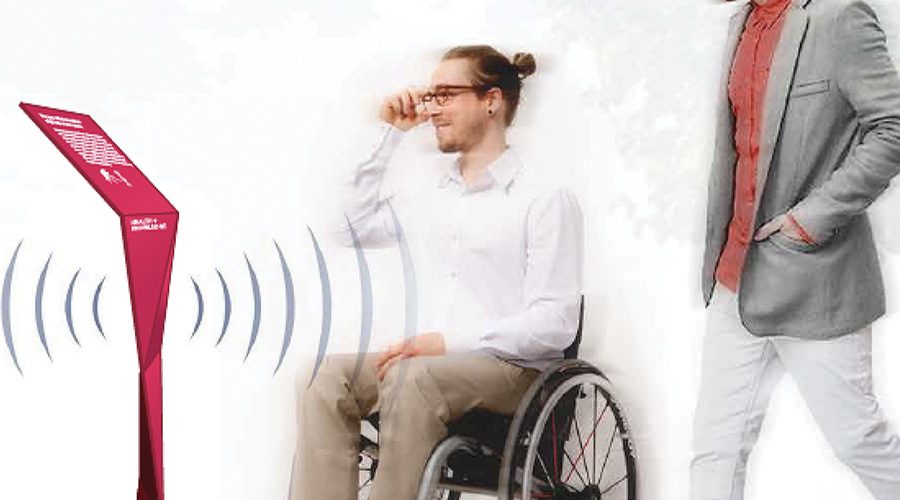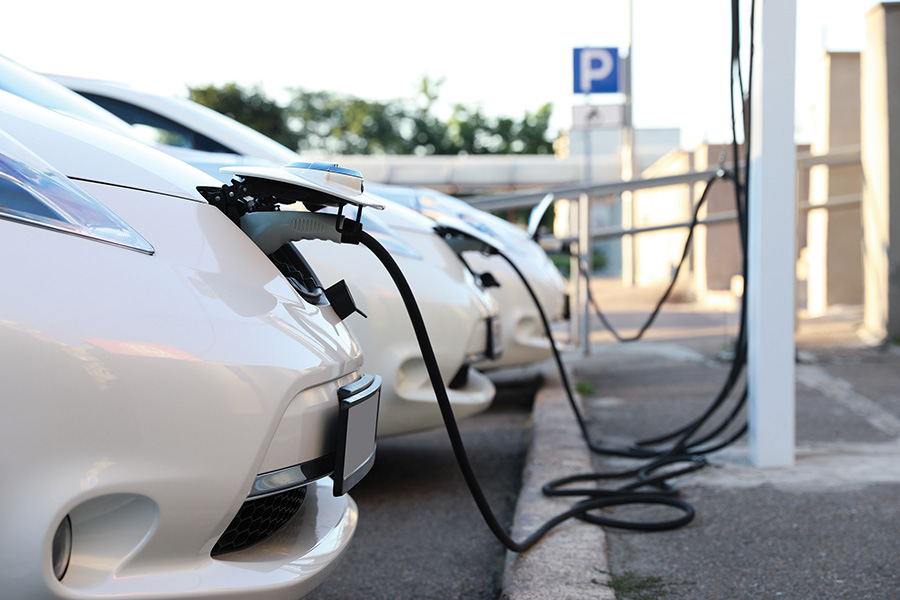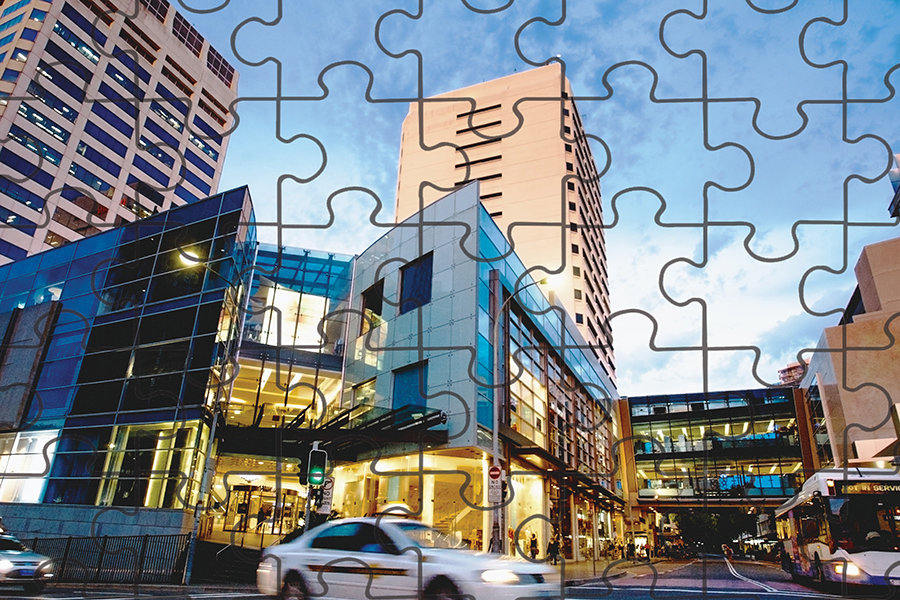The best design is a product, service or environment that provides for, and enables, maximum use by as many people as possible. Simply put, Universal Design is good design. Universal Design is a way of thinking and approach to design that puts the user at the heart of the design process rather than a set of rules and conditions.
In the built environment, principles of Universal Design can be wide ranging and influence both external and internal spaces and influence planning, design, construction and building management stages of a development. A pre-emptive approach to Universal Design can eliminate or reduce the need for expensive changes or retrofits to meet the needs of particular groups at later changes.
In Australia, more than 20% of the population have a disability. That’s more than four million people of which one million are from non-English speaking backgrounds. 15% of the working population (between the ages 15-64 years) have a disability and 80% of all disabilities are not visible. It is through inclusive and universal design that developers, designers, builders, asset owners and managers can shift the concept of inclusion and designing for dignity.
There is also the reality of missed business opportunity. In terms of an approach to retail design surely the goal is to create the best possible spaces for all people of all abilities. It would be strange to think a retail organisation, be they a shopping centre owner or a tenant, sets out to design a ‘minimum standard’ of customer experience in mind. Designing to minimum standards of inclusiveness does say that this particular group of customers doesn’t deserve the same level of thought, research, creativity and insight that is invested in other customers. Simply complying to Australian Standards does not necessarily make for best practice if it is setting a minimum standard. We need to design beyond compliance.
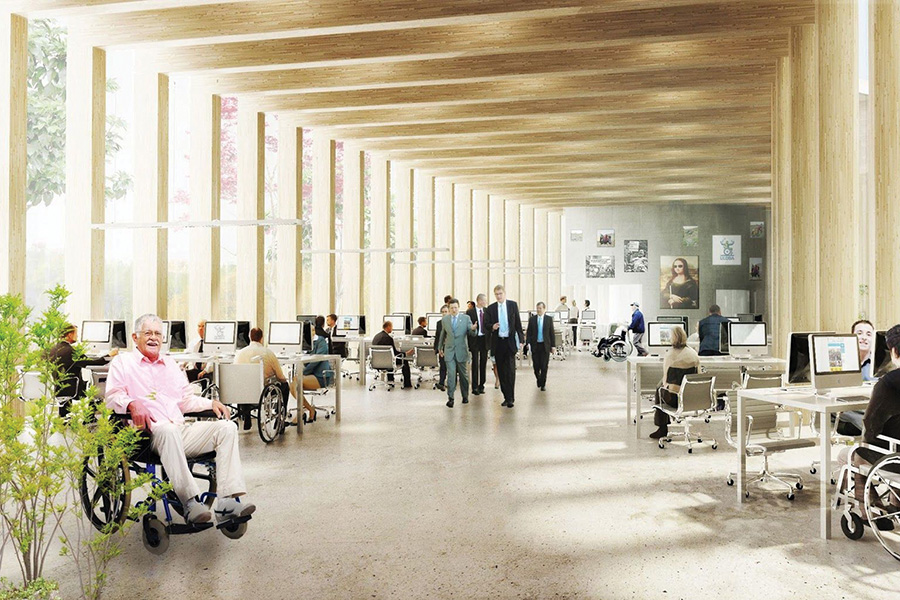
The diversity of the population is often disregarded or at best ‘minimised’ in design. Accessibility compliance is often considered at the end of the design process rather than thoughtfully integrated at the beginning. The design process needs to be all inclusive.
At a micro, level an approach to universal design may be applied to a single element or feature within a larger system. Here the designer is exploring ways of designing solutions that are more inclusive without compromising the integrity or quality of the product. At a macro level the designer is stepping back at looking at a system as a whole. Here designers can embrace customisation and specialisation to improve overall use and equitability for people regardless of their age, size, ability or disability.
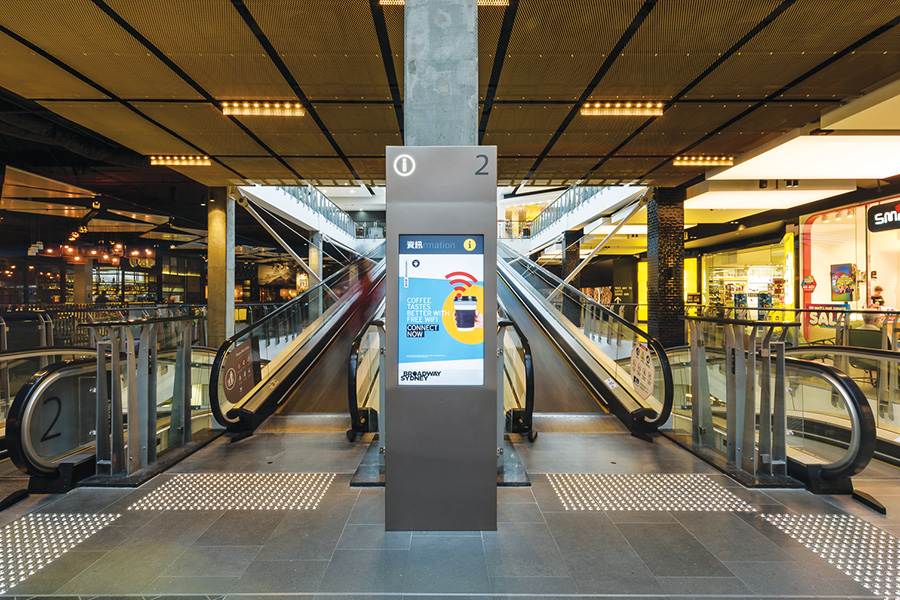
Broadway Sydney
Designing and building for everyone can be challenging and there are many elements of equitability to consider across human diversity. Physical considerations include walking, sitting, balance, handling, pushing, pulling, lifting, reach, strength and stamina. Sensory abilities include speech, hearing, sight, touch, smell. Mental abilities may comprise language, symbols, figures, colours, meaning, memory, cognition, mapping, interpretation, familiarity, knowledge, and social background. Age and size considerations include dexterity, mobility, positioning, height and access.
Given the wide diversity of the population, a universal design approach, which caters for the broadest range of users from the outset, can result in buildings and places that can be used and enjoyed by everyone. While user-aware design is customer-centric it is not a one-size-fits-all solution. Innovation and creative thinking is a central tent to the process.
- Broadway Sydney
- Barangaroo, NSW
On behalf of the Australian Network on Disability, Lendlease, in conjunction with Westpac, created the Design for Dignity Guidelines that outline design principles that go ‘beyond compliance’ for urban development using Barangaroo South as the public domain setting. The goal is simply stated: “Designing for dignity should be part of every urban regeneration project.”
An aspect of universal design that has seen significant advances, partly due to technology, is that of wayfinding and signage for both pedestrian as well as vehicular movement. Wayfinding should be simple and include elements such as tactile, graphic, audible or architectural cues that are easy to follow. The architecture and interiors should be designed to provide intuitive and easy navigation. Signage should be well positioned with clear sightlines. Wayfinding maps should be clear, indicating the person’s whereabouts in the building or facility, and be free from extraneous information. Locational awareness is a vital attribute to help users understand where they are, where they need to go, and how to get there in the context of a larger environment.
As outlined in my previous articles, the rise of augmented, virtual and mixed reality technology (AR, VR, XR) is providing new means of assisting diverse users to navigate unfamiliar or new spaces. Apple’s ARKit and Google’s ARCore for Android devices are enabling users to navigate physical spaces using augmented technology. Advances in people occlusion technology are providing for more immersive and interactive user AR experiences.
Beacon-enabled applications are revolutionising the retail sector by providing audio locational awareness information to vision impaired users. A number of emerging technology providers such as BindiMaps or BlindSquare have developed app-based platforms with Bluetooth-enabled technology that uses beacons to assist users navigate both external and internal spaces. Creating a communications net using beacons that transmit a Bluetooth Low Energy (BLE) or Bluetooth 4.0 signal can deliver proximity-based, context-aware messages to users via notifications sent to their smart devices. Shopping Centres are embracing the technology as part of building universal design attributes into their spaces as exampled by ISPT at Barkly Square, Madame Brussels Lane in Melbourne and Stockland Wetherill Park (NSW) and Burleigh Heads (QLD).
Universally designed spaces do not have to compromise or be diluted in their aesthetic values. Universal design is a process, not an outcome. Good design that caters for diversity across our population is mandatory if we want to create thriving, vibrant places. In these spaces, everyone will feel genuinely welcome, can move around easily and safely, and feel a part of a whole community where their voice is heard and their opinion is valued.


